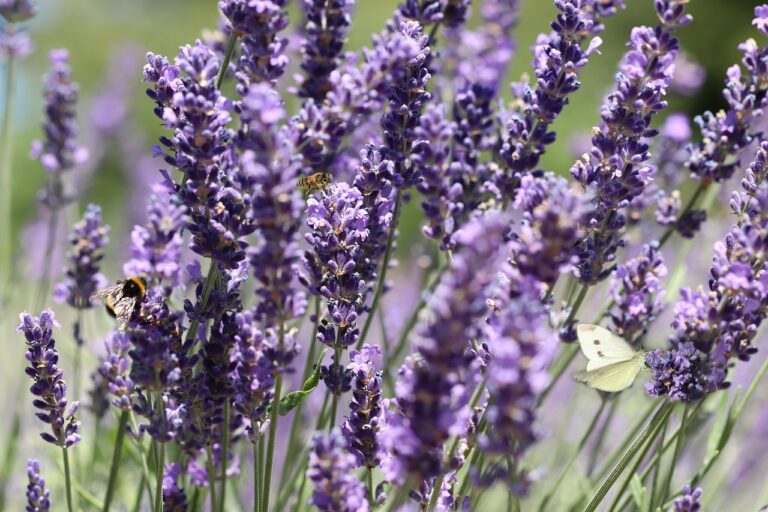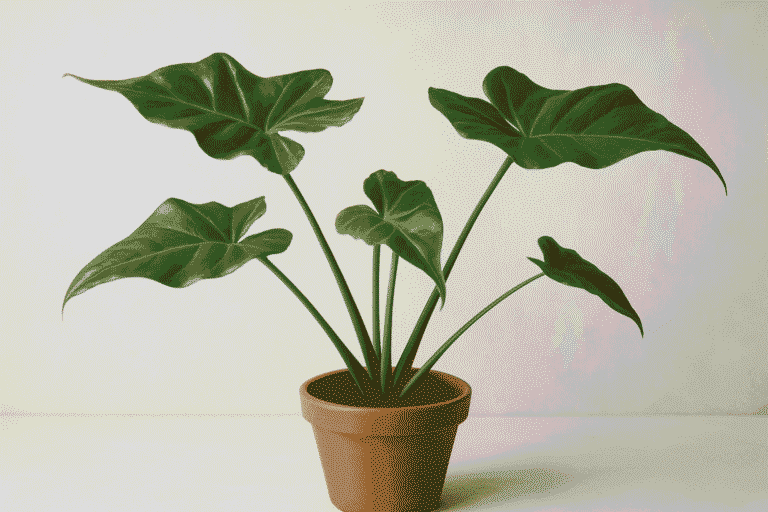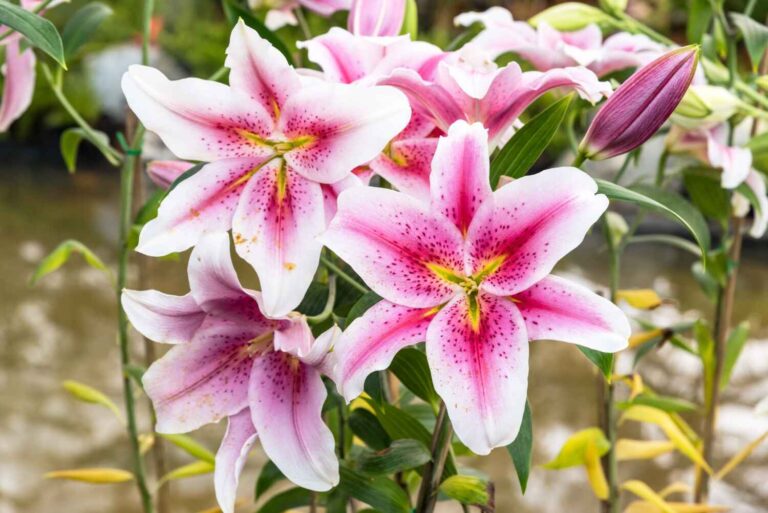Heuchera americana
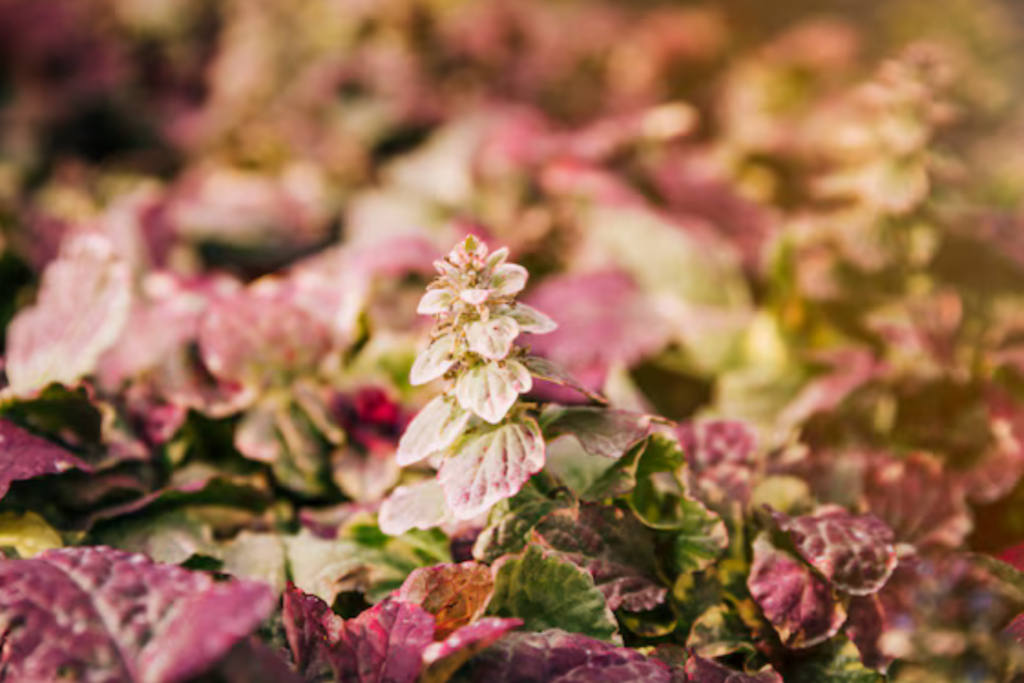
Heuchera americana is popularly called Coral Bells. Heuchera indeed is an eye-catching and versatile perennial addition to any beautiful garden. This perennial herb is widely celebrated for its ornate leaves of bright colors aside from the elegant bell-shaped flowers. When applied by a person who has mastered the art or is a gardener at all, Heuchera americana is indeed very suitable for decoration and colorful texture within one’s garden.
Heuchera americana is a low-maintenance plant that offers year-round appeal, making it ideal for borders, containers, or mixed plantings. This article covers everything you need to grow and care for it—from soil needs to tips for healthy growth and vibrant blooms.
Winter Care for Heuchera americana
Mulch around the base of the plant with a layer of organic material, such as straw or shredded leaves. This will help to insulate the roots and maintain a stable soil temperature. In areas where the snow falls thick or freezes deeply, consider applying a breathable plant cover over your Heuchera to prevent damage from excessive moisture or ice formation.
If it is a potted plant, bring the Heuchera indoors or transplant it to a sheltered spot over winter for freezing protection. Cut back the dead or damaged foliage in the spring to give room for the fresh growths. That is it. And so, the Heuchera americana will prosper through the years with the above very easy steps in offering beauty and color.
Heuchera americana Seeds
Growing this wounderful plant Heuchera americana from seed may be a complete fun thing to do, although if not planting established plants, it calls for a bit more patience than when planting the established plants. In fact, although this plant is most commonly propagated from divisions, the seed starting method is awesome in growing this plant’s new generation. Here’s how to do it.
Gathering Heuchera americana Seeds

Obtain seed from mature plant first. Heuchera flowers are a late spring-to-early-summer event, and as those flowers fade they produce many minute seeds contained in small capsules. Allow seed heads to fully dry before collecting seeds. Small dark brown to black seeds should be extracted with care.
When to Sow Heuchera americana Seeds?

Sow the seeds indoors at the very beginning of spring, though it should be at a time for cold stratification. This can be achieved by placing the seeds in a moist paper towel and sealing the same in a plastic bag kept inside the refrigerator for almost 3 to 4 weeks. Then, after cold treatment, sow the seeds over the top of seed-starting mix that has a good draining quality. Plant them carefully so as not to bury them and lightly mist the surface of the soil.
Seedlings Care
Once seedlings are visible, normally after 2-3 weeks, move them to a light, indirect area. Take them outside when there is no risk of frost and they are big enough to move.
Usually, the alum plant is an ornamental and of utility in the garden. Scientifically known as Heuchera, the plants are sought after by many due to their rich and colorful foliage with varying colors like deep purples and greens, striking silvers, and red. As hardy perennials they form a great ornament to the garden, as they can grow well even in so many different climates and soil conditions.
Is Heuchera americana plant medicinal?
These are ornamental values that alum plants provide, though some species from this plant family have been a source of old medicinal remedies. Roots of such species contained tannins and several other compounds with healing properties applied since ages, not only on minor wounds or irritations but also to fight off some common disorders of digestive nature. That their medicinal virtues render them particularly irresistible today, in an otherwise relatively modern culture, is certainly an aspect.
Alum Plants

Heuchera or Alum plants are excellent for all levels of gardeners. Their beautiful, colorful foliate makes the plant a focal point in your garden, whether flowering in the borders or flower beds or even in containers. The shades range from deep purples and ruby reds to silvery greens and brighten up any space instantly with a touch of elegance.
One of the best reasons to grow alum plants is that they are low-maintenance. They are hardy perennials, meaning they come back year after year with minimal effort. They adapt well to various soil types and thrive in both sunny and shady areas, making them perfect for almost any garden environment.
Can this be a low maintenance plant?
Whether you are looking for a low-maintenance plant, a perennial that will add color all year round, or a contribution to a healthier environment, the alum plant is perfect. Moreover, they are very versatile in landscaping and blend perfectly with other plants to make spectacular displays. Cultivating alum plants is an easy way to raise the beauty and functionality of your garden!
Common Alum Plants Issues and How to Fix Them ontainer?
Alum plants, Heuchera, are actually hardy, low-maintenance perennials; however, like any other perennial, they are not completely problem-free. Below is a rapid guide to recognizing and fixing the most common problems:
Droopy or Yellowing Leaves

Cause: Overwatered or has waterlogged soil because of poor drainage.
Solution: Make sure your plant is in well-draining soil and only water when the topsoil feels dry. Do not let the roots sit in standing water.
Pests (Such as Vine Weevils)
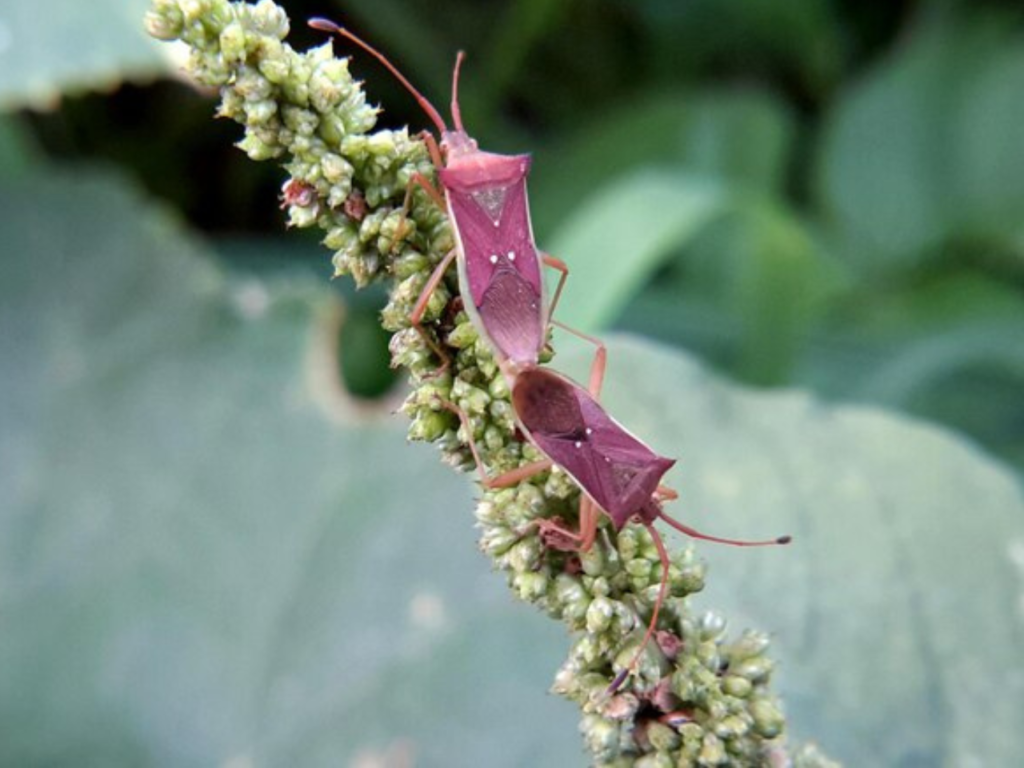
Cause: Vine weevils often attack the roots of alum plants. You may notice wilting or stunted growth.
Solution: Remove pests manually or use organic insecticides. Adding nematodes to the soil can also help control vine weevil larvae.
Brown or Crispy Leaf Edges
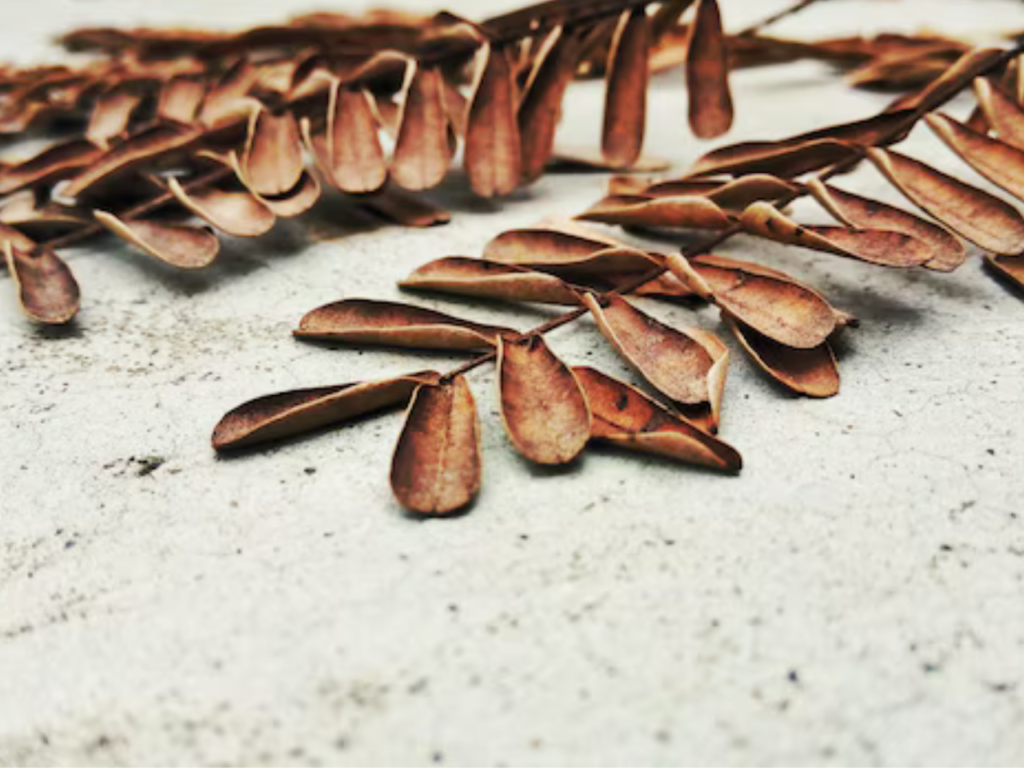
Cause: Too much direct sunlight or dry soil can burn the leaves.
Solution: Transplant the plant to a partially shaded location and water regularly to maintain moist soil.
Powdery Mildew
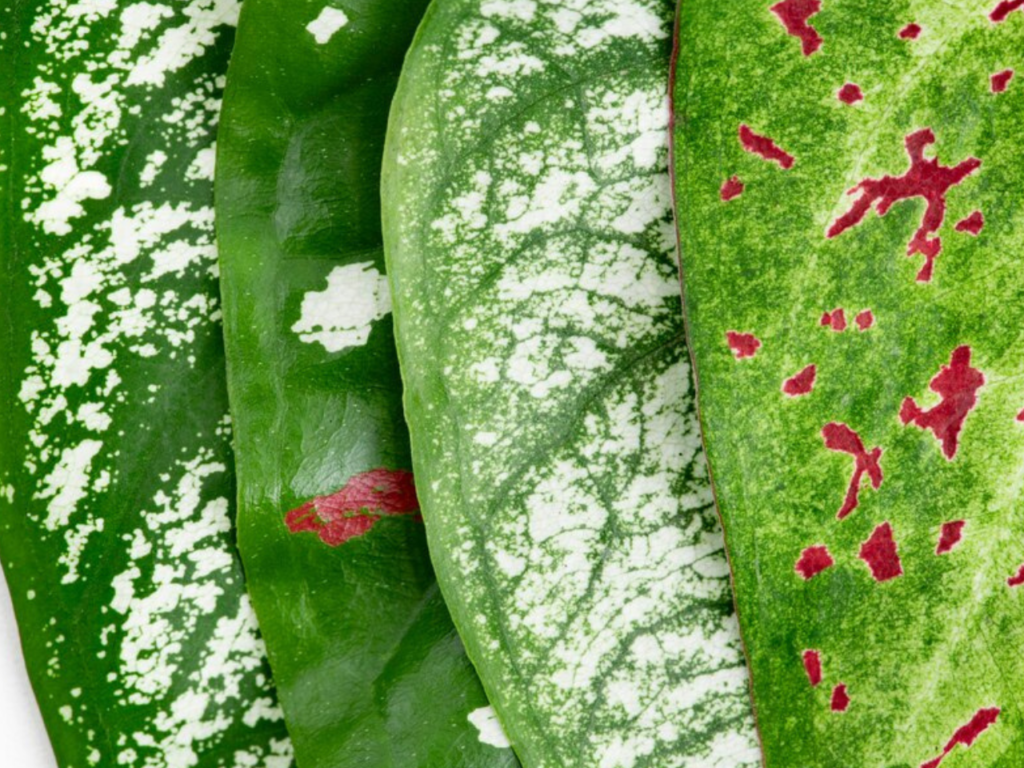
Cause: Fungal diseases can develop when the environment is too wet.
Solution: Increase air circulation around the plant, do not water from above, and apply fungicide if necessary.
Leggy Growth
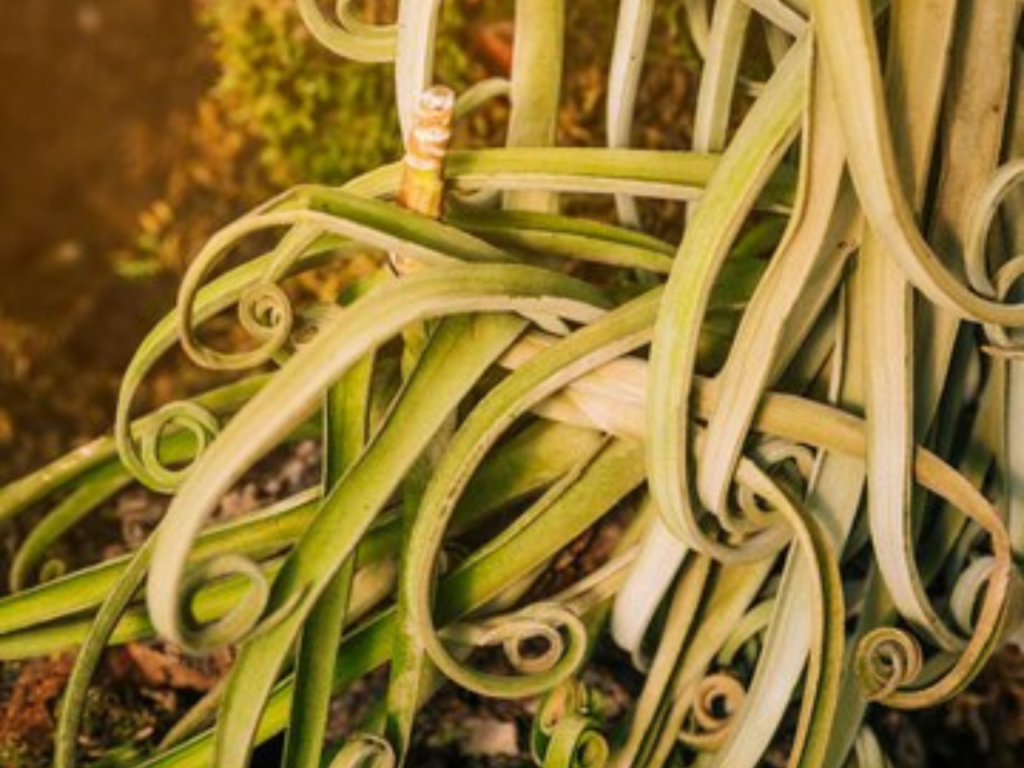
Cause: Mature plants may become sparse or too long.
Solution: Divide the plant every 3–4 years and replant to encourage fresh, compact growth.
Alum Root
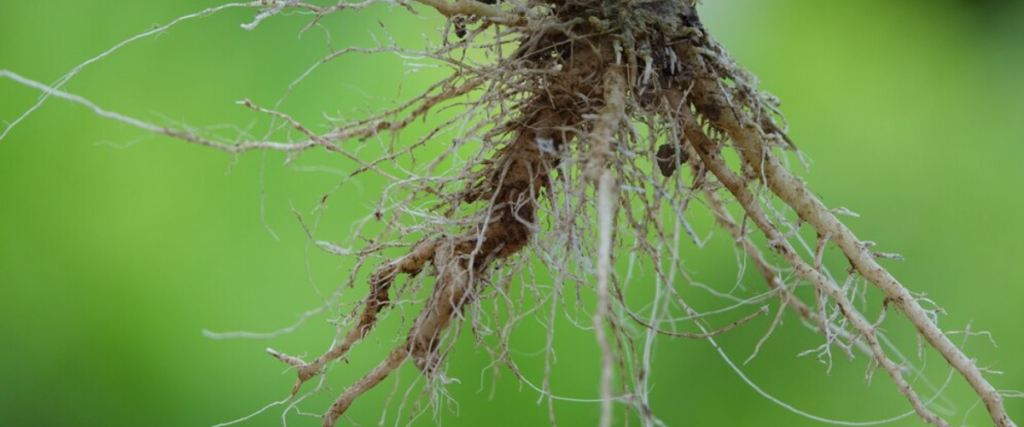
Alum root also known as Heuchera americana, is a strong and beautiful plant for the garden. It is a perennial that is native to North America and grows in rocky areas and shaded woodlands. Its leaves are attractive and scalloped, coming in shades of green, bronze, and even purple. These colors make alum root a favorite for adding texture and interest to any garden.
This is one of the most hardy plants around, it tolerates droughts as well as partial shade and is one of those plants easiest to grow, even for a novice gardener. It does well where other plants are struggling in the garden by filling in empty spaces, and it’s also a great choice for a ground cover plant that will tolerate shade well alongside ferns and hostas.
How to Grow and Care for Alum Root?
This plant is easy to grow and maintain, perfect for beginners and experienced gardeners alike.
- Propagation: Plant in partial shade or filtered sunlight. It thrives best in well-draining soil that is enriched with organic matter. Best planting time is during spring or early fall when spaced appropriately for the plant to spread out
- Watering: The soil should always be moist but not soggy. Water the plant deeply once the top inch of soil feels dry. Do not overwater since this can cause root rot.
- Fertilizing: Feed the alum root with a balanced fertilizer once in spring to promote healthy growth.
Why is Alum Root a Great Choice for Your Garden?
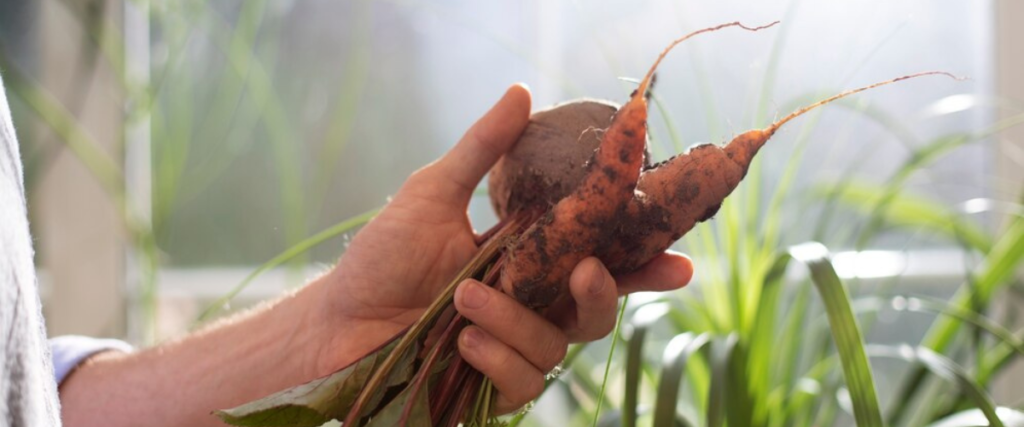
Alum root, is a beautiful and practical garden plant with scalloped leaves in shades of green, bronze, and purple that add year-round color and texture. Ideal for flower beds, shaded borders, or rock gardens, it thrives in partial shade or dappled sunlight—mimicking its native woodland habitat. It prefers rich, well-draining soil with a slightly acidic to neutral pH, and benefits from added compost. Avoid heavy, waterlogged soils to prevent root rot.
In addition to its striking foliage, Alum root produces delicate, airy flower spikes in late spring to early summer, attracting pollinators like bees and butterflies. These blooms add an extra layer of charm, making it both a functional and decorative choice for any garden.
Frequently Asked Questions
Yes, Heuchera americana is a perennial and will come back year after year.
Heuchera americana can tolerate light frost but should be protected from extreme cold.
Common pests include aphids, slugs, and snails.
Alum root appreciates partial shading, well-draining soil and moderate moisture zones.
Yes, alum root is an excellent ground cover for shaded areas.
No, it is low maintenance and requires very little care once established.
Yes, it is generally deer resistant, so good for deer-prone areas.
Table of Contents
- Heuchera americana
- Winter Care for Heuchera americana
- Heuchera americana Seeds
- Gathering Heuchera americana Seeds
- When to Sow Heuchera americana Seeds?
- Seedlings Care
- Is Heuchera americana plant medicinal?
- Alum Plants
- Can this be a low maintenance plant?
- Common Alum Plants Issues and How to Fix Them ontainer?
- Droopy or Yellowing Leaves
- Pests (Such as Vine Weevils)
- Brown or Crispy Leaf Edges
- Powdery Mildew
- Leggy Growth
- Alum Root
- How to Grow and Care for Alum Root?
- Why is Alum Root a Great Choice for Your Garden?
- Mona Lavender Plant: Complete Growing Guide for Beginners
- Alocasia Stingray Plant Guide: Tips for Healthy Growth
- Pink Lilly Flower: Growing and Caring for Pink Lillies

